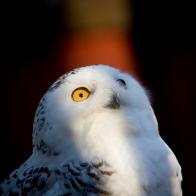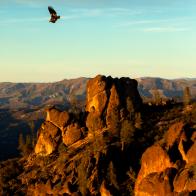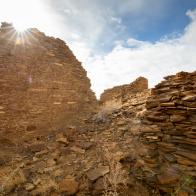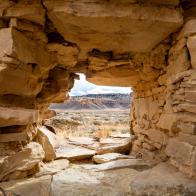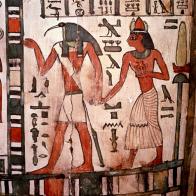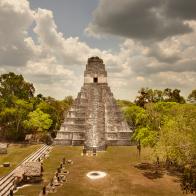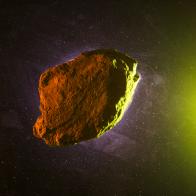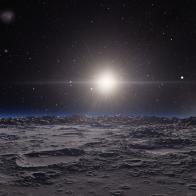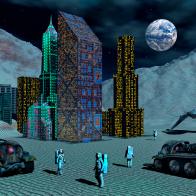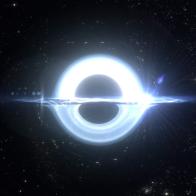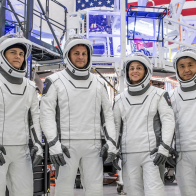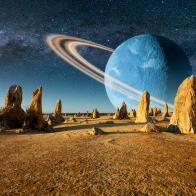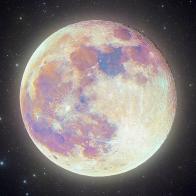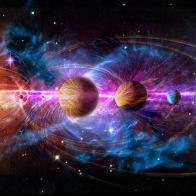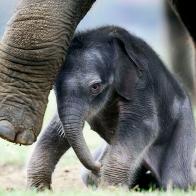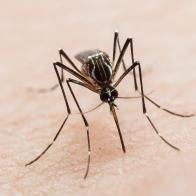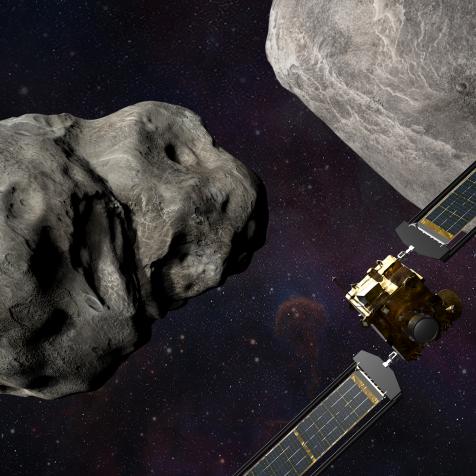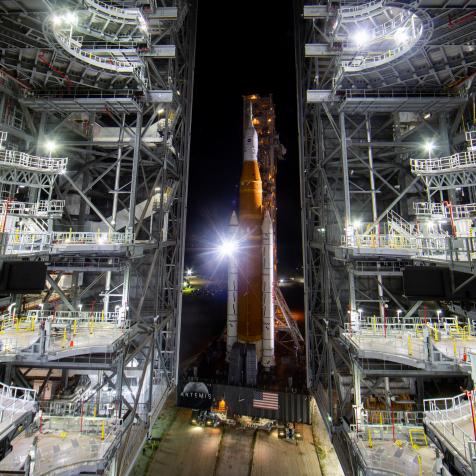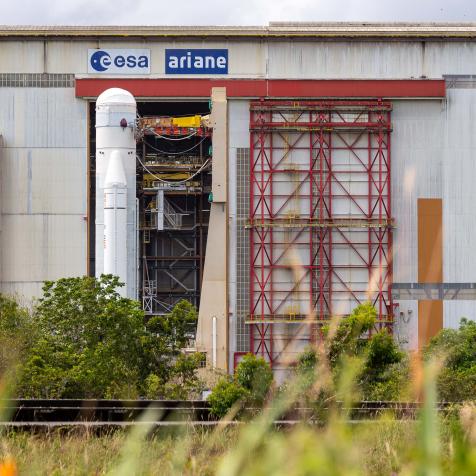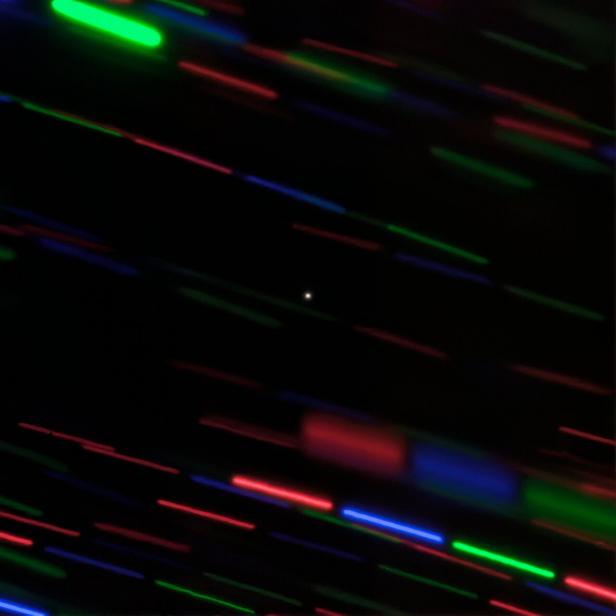
International Gemini Observatory/NOIRLab/NSF/AURA/G. Fedorets
Lowell Scientists Reveal Second Known Minimoon
Through use of the Lowell Discovery Telescope, astronomers have gathered data proving that a second known minimoon of Earth exists. Let's learn more about this newly discovered asteroid!
Lowell Observatory recently announced a second known minimoon of Earth has been discovered! According to Lowell scientists, minimoons are "small asteroids temporarily captured into orbit around Earth." The first known minimoon, 2006 RH120, was discovered fourteen years ago. Data collected using the Lowell Discovery Telescope, helped to identify the newly second known minimoon, which astronomers have designated as 2020 CD3.
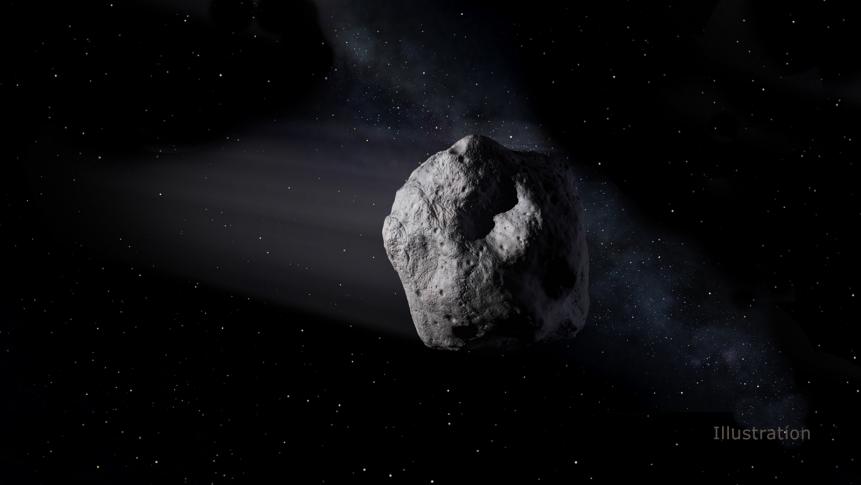
NASA/JPL
Minimoons are small asteroids temporarily captured into orbit around Earth. Within about a year, they are flung back into interplanetary space.
2020 CD3 was identified on February 15, 2020 by Kacper Wierzchos and Teddy Pruyne via the Catalina Sky Survey, which operates out of the University of Arizona's Lunar and Planetary Laboratory. A global effort based on this discovery was then led by postdoctoral research fellow Grigori Fedorets of Queen's University Belfast. Across seven countries, twenty-three researchers participated in further researching the newly discovered minimoon, CD3.
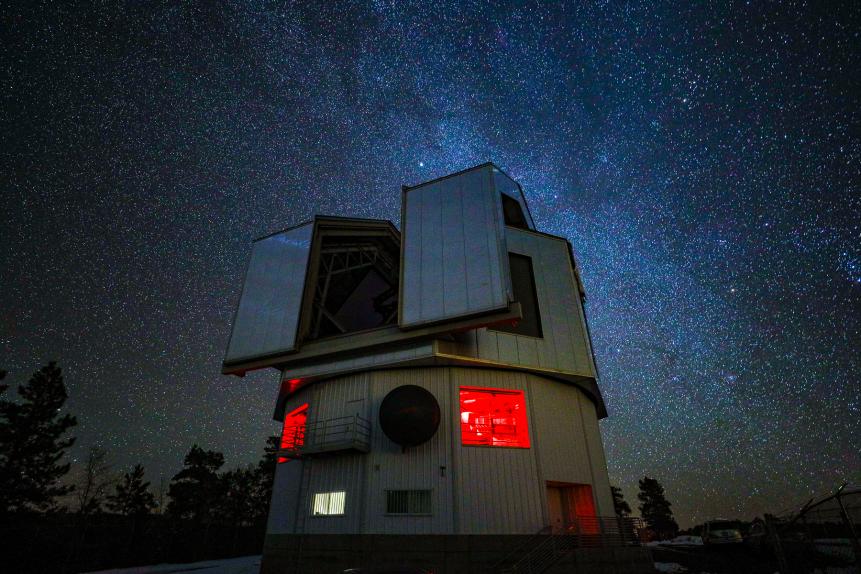
Joe Llama
Together, the astronomers and scientists around the world have gathered that CD3 is about the size of a small car. At closest approach, it's about 8,100 miles from Earth and not easy to identify in the night sky. It also has a slow rotation rate of about three minutes.
Astronomers and scientists hope to discover and learn more about minimoons of Earth. And even though minimoons are thousands of miles away from our planet, they are still close enough to one day be accessible for robotic or human exploration!





















